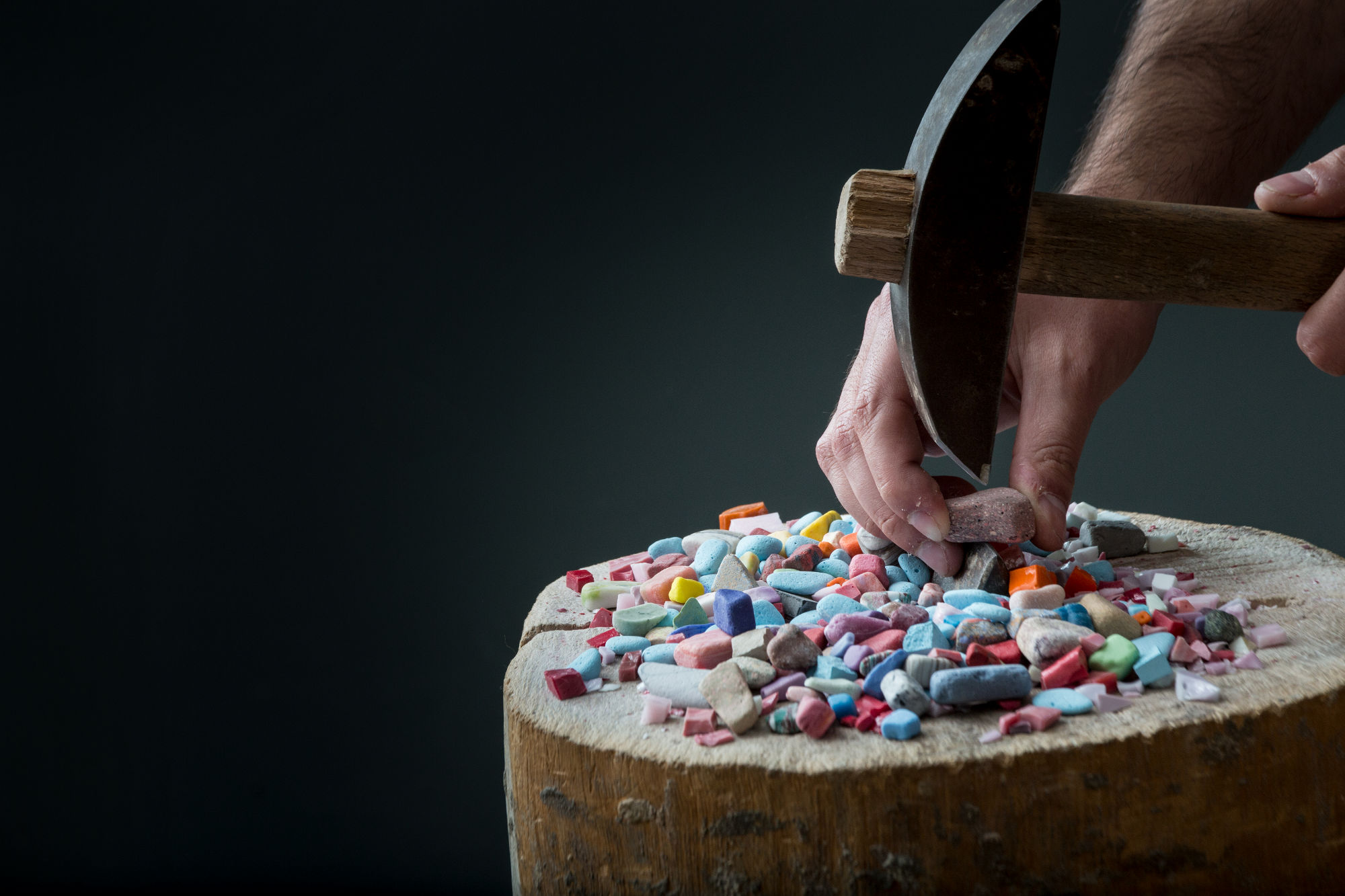
Criteria of Excellence
In order to define the parameters of craftsmanship excellence, as objectively as possible, it is essential to develop a universal vocabulary of artistic crafts.
This would make it possible to recognise the best craftspeople, promote them, and spark a lively debate across disciplines. It would also make it possible to set a benchmark for excellence to which crafters can aspire.
The research “Il valore del mestiere” (The value of craftsmanship), carried out in 2014 by Alberto Cavalli, with Giuditta Comerci and Giovanna Marchello and published by Marsilio Editori, has resulted in a special evaluation grid for craftsmanship excellence.
The work carried out by the researchers is the result of a rigorous investigation of the specialised literature, supported by interviews with experts in the sector and Italian master artisans: an in-depth work that led to the identification of 11 specific key-criteria of excellence, widely tested and shared at different levels.
Thanks to the initiative of the Michelangelo Foundation, the research is also available in English under the title “The master’s touch“.
Craftsmanship
In order to genuinely reflect exceptional craftsmanship, a work must be executed to the highest standard, predominantly done by hand, in a constant dialogue between the crafter’s spirit and hand. Even the use of machinery must be placed at the service of the crafter’s sensitivity and wit.
Authenticity
Authenticity essentially has to do with people. At the root of the term is the concept of craftsmanship and autonomy. The authenticity of a work is to be found in the link with its author and the context in which it was created. What is authentic is only true and genuine if it can be traced back to a specific person in a specific time and place, and if it reflects specific historical, artistic and social values.
Competence
Competence is the ability to complete a specific task under any circumstances. In the métiers d’arts, competence requires a theoretical and practical knowledge of materials, techniques, as well as the specific rules of a profession. Achieving competence also requires profound preparation and expertise in the craft.
Creativity
It is creativity – the ability to conceive new ideas and products – that allows us to distinguish a crafter from a master, an object from a masterpiece, a simple task from an ingrained skill. In the métiers d’art, creativity is a dynamic force, a mixture of vision, passion and exceptional skills, capable of dealing with functional and material limitations with creativity and inventiveness. This allows the rules of art to combine with imagination and to reflect both the aesthetic taste and the functional demands of contemporary life.
Training
Mastery comes from a constant and passionate practical application of the knowledge learnt, through a long process that leads to solid skills and profound experience. Learning is a lifelong process: a good craftsman is always ready to expand his knowledge and skills.
But the transmission of knowledge is a dynamic, bi-directional process that transcends the limits of training to achieve that all-too-human capacity to teach, inspire and train the craftsmen of the future. Mastery involves not only knowledge of a specific craft, but also the ability to recognise talent in a young craftsman and to nurture and nurture skills.
Innovation
Innovation can be understood as the ability to change what exists by developing new processes and elements. It is generally associated with new technologies and is therefore often contrasted with tradition. Yet it is precisely through innovation that tradition is kept alive, carrying it into the future. From the dialogue between innovation and craftsmanship, new and original materials, tools, shapes, styles, functionalities and aesthetics are developed in step with changing tastes, markets, costs and values.
Interpretation
A crafter, unlike the simple executor, is able to transform an idea, even if not his own, into a reality in a personal and original way. Like the interpreter, they can understand a concept and translate it into form, material and colour. Drawing on their own knowledge, experience and sensitivity, they mould and give full meaning to the idea, thus generating an object that is at once beautiful, original and useful.
Originality
Originality is expressed in the harmony between old and new, and requires the innovative use of ancient techniques to create something new and unique. An object is original when it is different from all those that have preceded it and when, in making it, materials or techniques have been used in an innovative way.
It is also original if it expresses the creativity of the craftsman or designer, or if it represents the personal interpretation of a tradition linked to a particular place.
Talent
Talent is an instinctive vocation to perform an activity with ease and effectiveness. It is a natural and intangible gift that, like a muscle, must be trained in order to grow. Talented crafters are living treasures endowed with a keen sensitivity to materials and their potential, with an innate predisposition to perfection. Aware that their gift is also a responsibility, they cultivate talent with discipline, consistency and patience, so that it can develop and turn into mastery and freedom of expression.
Territoriality
This term relates the object and its creator to the geophysical and social environment that generated them. Territory is important as it represents both the source of raw materials and the community that transforms these natural resources into beautiful objects. This creates meaningful activities based on collective know-how and exchange, reflecting the taste, style, identity and cultural heritage of a specific territory.
Tradition
Although the term refers to an inheritance from the past, handed down from generation to generation, tradition can also be understood as the succession of innovations that have enabled the development and evolution over time of a specific know-how. Excellent crafters do not simply replicate tradition, but is able to reinterpret, innovate and adapt it to the taste and spirit of their time.

